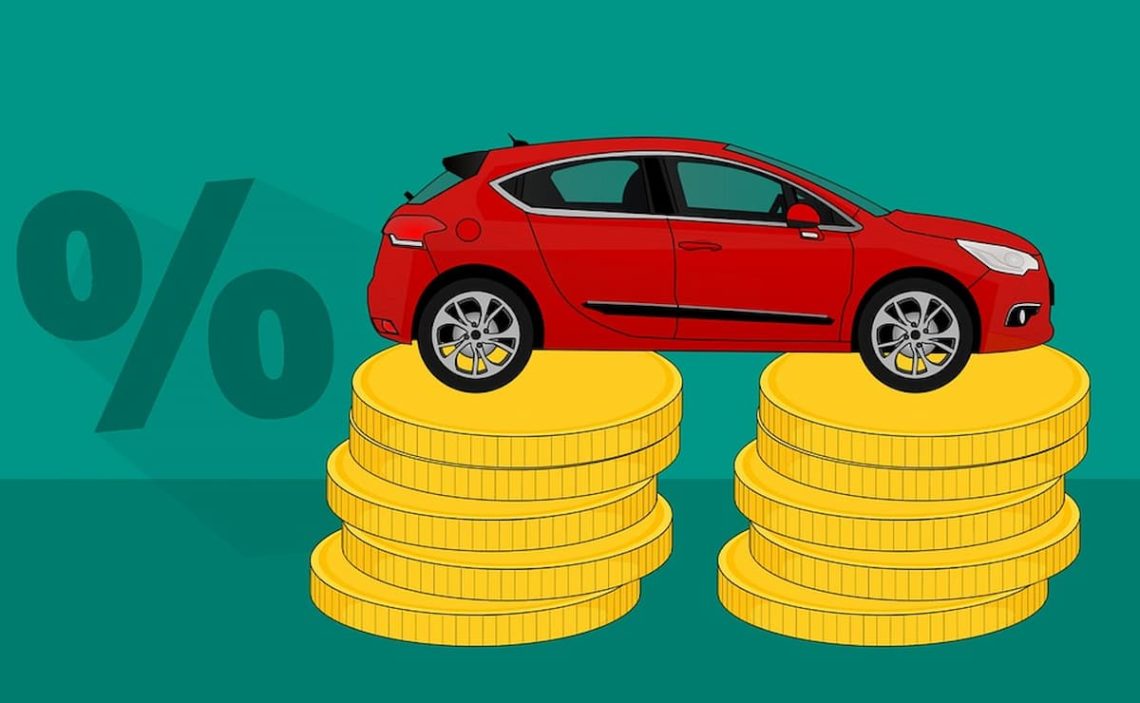Refinancing a car is possible. Moreover, it is a financial operation that can help you improve your finances. For this type of financing, you need to consider aspects as different as the possible lender, vehicle value, etc. Let’s learn more about the possibilities you can have to refinance your car.
How to refinance a car?
Refinancing a car means we will apply for a new loan with which we will face the remaining amount financed.
For example, let’s imagine that we have bought a car for $50,000. Of that amount, we have financed $40,000, and, within one year, we have paid $10,000. The amount to refinance, in this case, would be the remaining $30,000 that we have not yet repaid on loan.
Usually, we can refinance using different companies. Suppose we have applied for a loan to purchase the vehicle with company A. In that case, we will refinance it with lender B. Lender B will offer us a refinance with company B. Lender B will show us the amount of money needed to pay off the first loan, and we will go on to pay the installments on this second loan.
How much does it cost to refinance a car?
Refinancing a vehicle is not free. It is important to consider these costs since, in many cases, we will try to refinance the car to lower the loan cost. If it turns out that the costs of refinancing the loan are higher or very similar to what we are going to reduce the initial price for, the operation may not be interesting.
The most common expenses are the following:
- Early cancellation: this is what you would pay to liquidate the first loan. The cost is variable as not all lenders apply the same rate or, in some cases, even the Fee will apply.
- Transaction: some loans may have added transaction costs. These are the (relatively common) bank transaction fees. That is one of the easiest aspects to negotiate with the lender so that it can be reduced and the cost lowered.
- Registration fee: Some states may require you to pay a renewed registration fee when you apply for a new loan on the vehicle.
- Title transfer fee: in some states, a title transfer fee is required when transferring one loan to another.
In addition to all this, it is important to keep in mind that the refinance will take the market price of the vehicle and its condition as the base value. If the money you request to refinance is higher than the vehicle’s market value, it will be virtually impossible for any lender to offer to refinance.
Is it worth refinancing the car?
Car refinancing can be an interesting operation, although not in all cases.
The best example of a good refinancing operation is when you have a loan that is expensive compared to the market. For example, imagine you have taken out a loan to buy your car at a time of high-interest rates. After a few years, the interest rates go down, so your loan becomes very expensive compared to the market.
The interesting thing is to find the balance between the amount of money the car is worth when refinancing and what we still have to pay for the first loan. If we discount the expenses, when the operation does not turn out positive, that is to say, when we save money, refinancing the vehicle is an operation to take into account.
On the other hand, if the refinancing loan is going to be more expensive than the savings we will obtain with the current loan, the operation is not interesting.
Be careful. Many lenders will offer a lower interest rate than the one you have on your current loan, but you should pay attention to the fine print to see the real cost of the fees and expenses associated with the loan.
It will also not be an interesting operation if your vehicle is old or has lost a lot of market value: for example, when the bodywork or the engine is in bad condition, etc.


